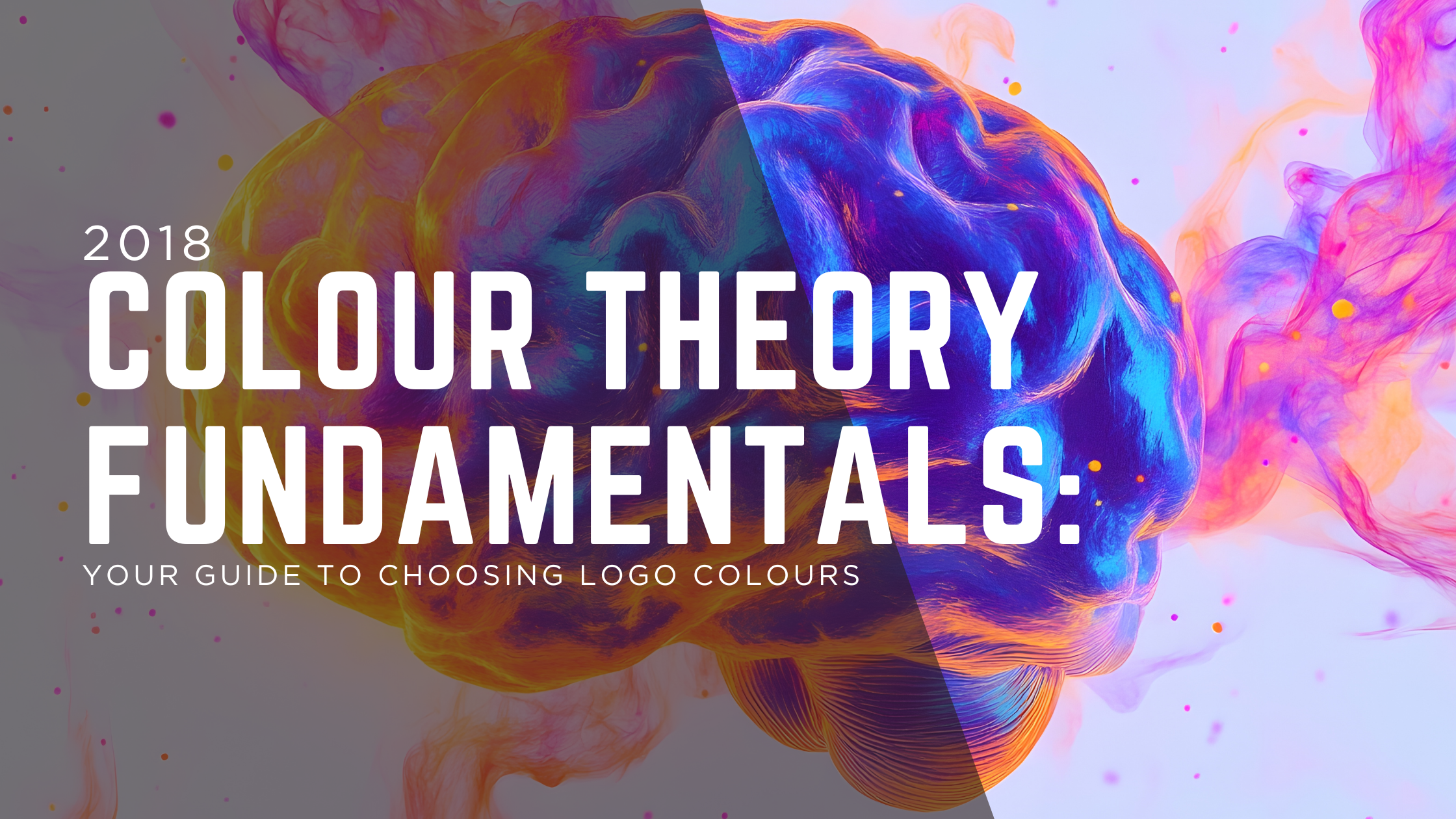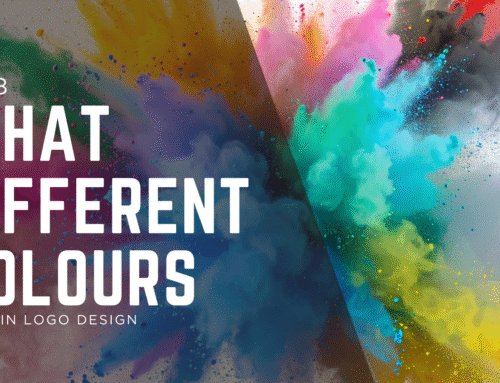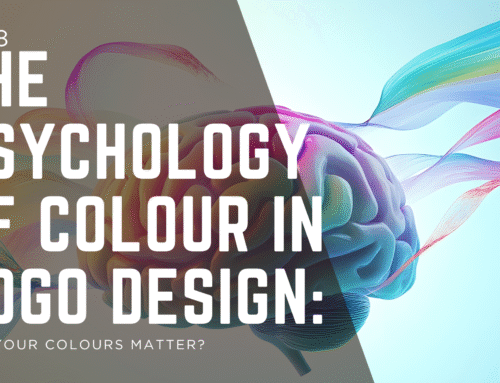
Following up on our discussion of color psychology, let’s dive into the fundamentals of color theory. While design trends come and go, these classic color relationships remain timeless foundations for creating effective logos.
🎨 Pro Tip
Download a color wheel tool to experiment with these color relationships as you read through this guide. It will help you visualize the concepts and apply them to your own logo design.
5 Essential Color Relationships for Logo Design
1. Monochromatic Color Scheme
Uses variations of a single base hue for a sophisticated, cohesive look.
🎯 How to Create Monochromatic Variations
- Tint: Add white to the base hue
- Shade: Add black to the base hue
- Tone: Blend gray with the base hue
Best for: Elegant, minimalist logos that use negative space to balance subtle color shifts.
2. Primary Color Scheme
Red, yellow, and blue form the foundation of all colors.
- Break up bright hues with white space
- Limit one color to small accent areas
- Scale down to two colors instead of using all three
3. Secondary & Tertiary Colors
Expand your palette beyond the basics while maintaining visual balance.
🌈 Understanding Color Mixing
- Secondary Colors: Created by mixing primary colors (green, orange, purple)
- Tertiary Colors: Mix primary + adjacent secondary colors (red-orange, yellow-green, blue-purple)
These colors are evenly distributed around the color wheel, creating natural visual harmony.
4. Complementary Colors
Colors directly opposite each other on the color wheel create maximum contrast and visual energy.
🎄 Classic Complementary Pairs
- Red and Green (think Christmas colors)
- Blue and Orange
- Yellow and Purple
Each pair combines one warm and one cool color, satisfying our natural desire for contrast.
5. Analogous Colors
For less contrast and more harmony, choose colors that sit next to each other on the color wheel.
- Combines a color with its 2-4 adjacent hues
- Example: Yellow-green with yellow and green
- Perfect for gradient logos and harmonious designs
Applying Color Theory to Your Logo
Adjusting Color Tone for Your Brand Personality
You can tailor any color palette to fit your specific brand needs:
- Bold & Energetic: Use high contrast and saturated colors
- Conservative & Professional: Use fewer colors or lower intensity
- Modern & Minimal: Single color with ample white space
Let Your Logo Style Guide Your Color Choices
📐 Style-Specific Color Strategies
- Minimal Logos: Single color can make a powerful statement
- Mascots & Detailed Logos: Often benefit from multiple colors
- Text-Based Logos: Prioritize readability above all else
👁️ Readability FirstAvoid hard-to-read combinations like hand-drawn fonts in light yellow. Your logo must be legible across all applications.
Smart Color Distribution
When using multiple colors:
- Contain colors in clear, defined sections
- Use tones, tints, and shades to soften intense colors
- Ensure even distribution for visual balance
Your Color Foundation
With endless color variations available, your challenge is to develop a color scheme that sends a compelling, authentic message about your brand. These fundamentals provide the framework for making intentional, effective color choices.
🔜 Coming Next Week
Stay tuned for our next post where we’ll explore the specific meanings behind different colors and how to choose the perfect hues for your brand personality!
“A wealthy person is simply someone who has learned how to make money when they’re not working.” – Robert Kiyosaki







